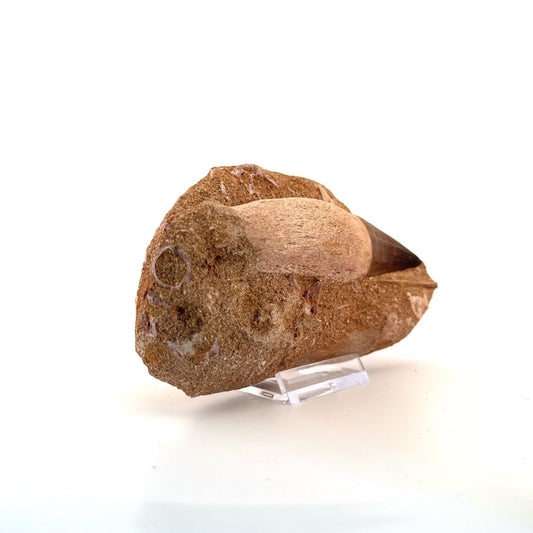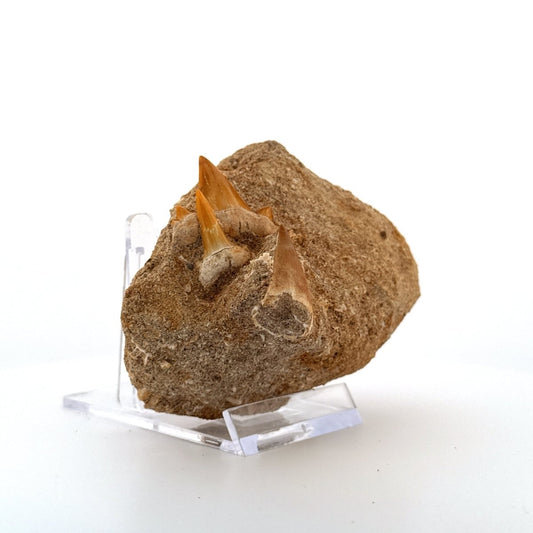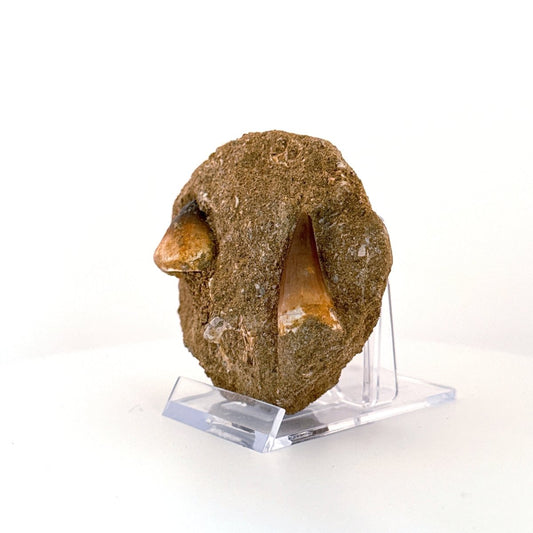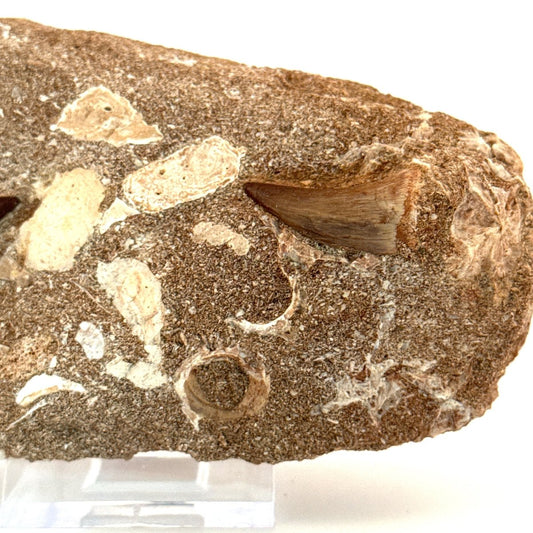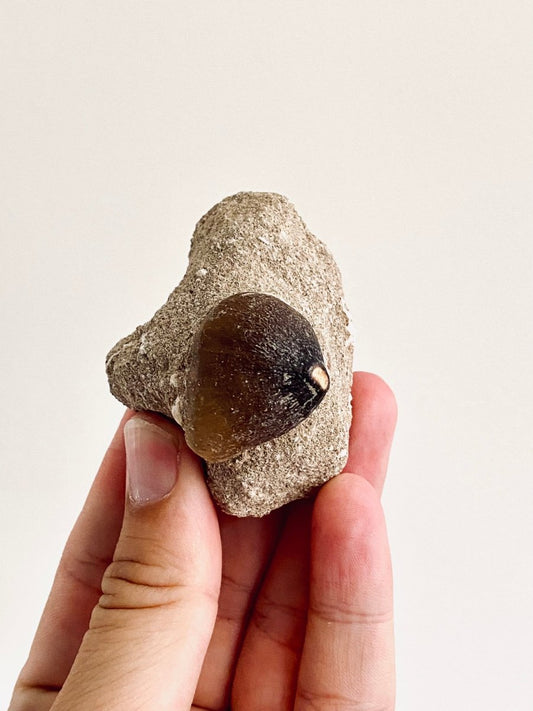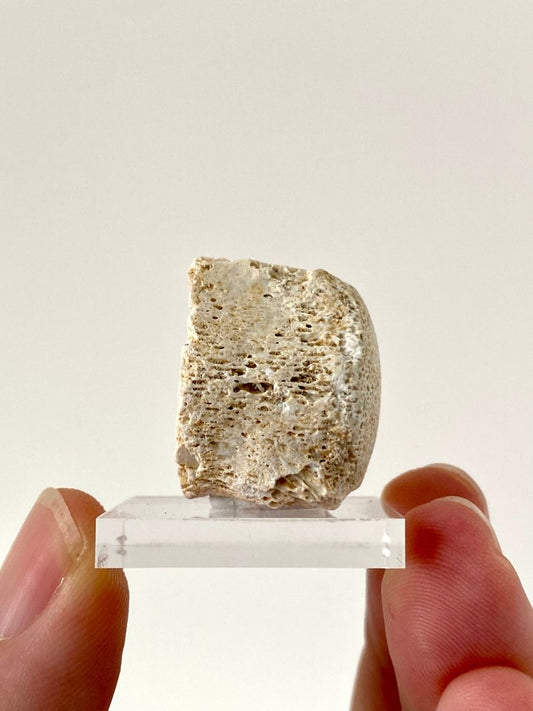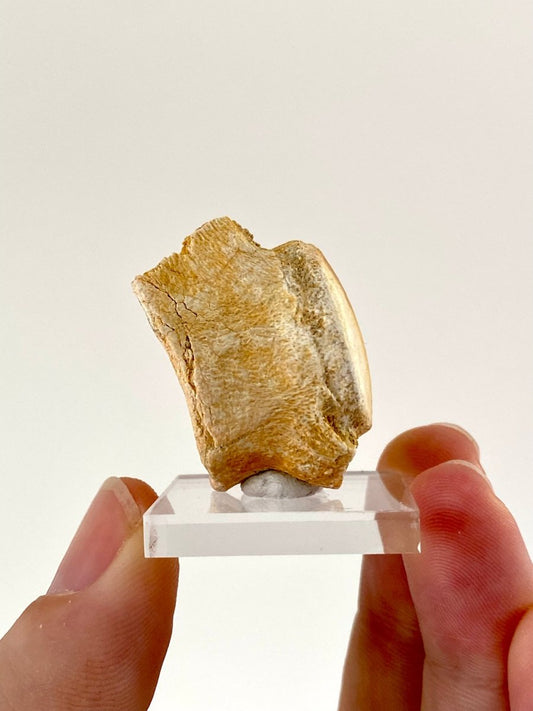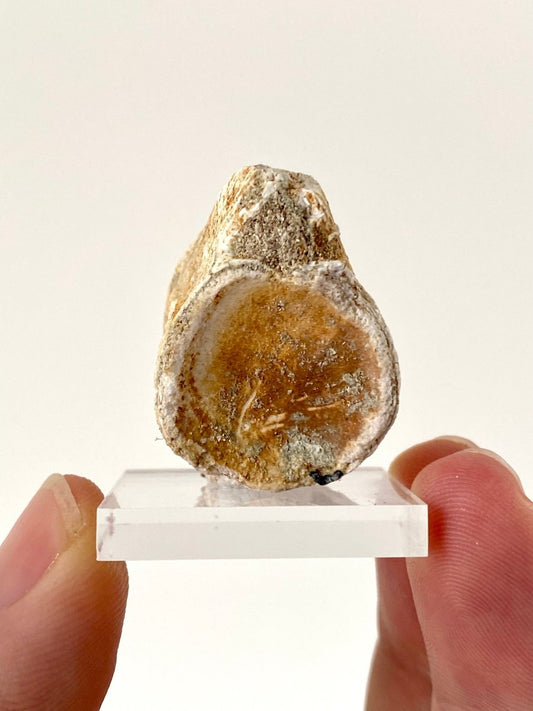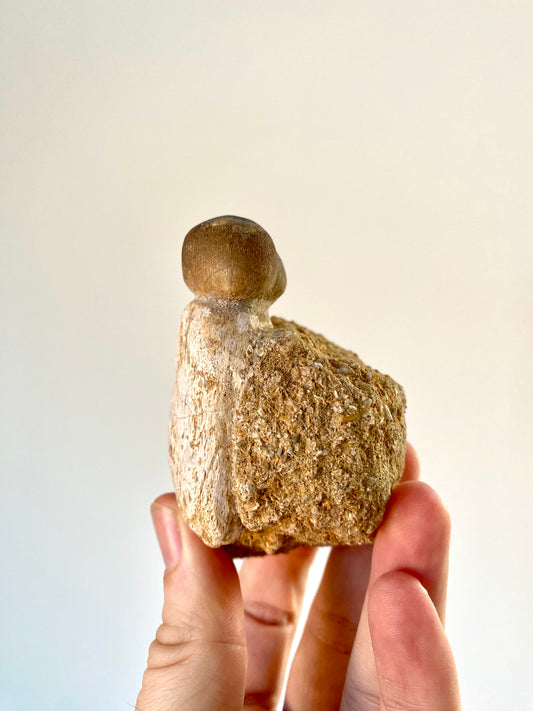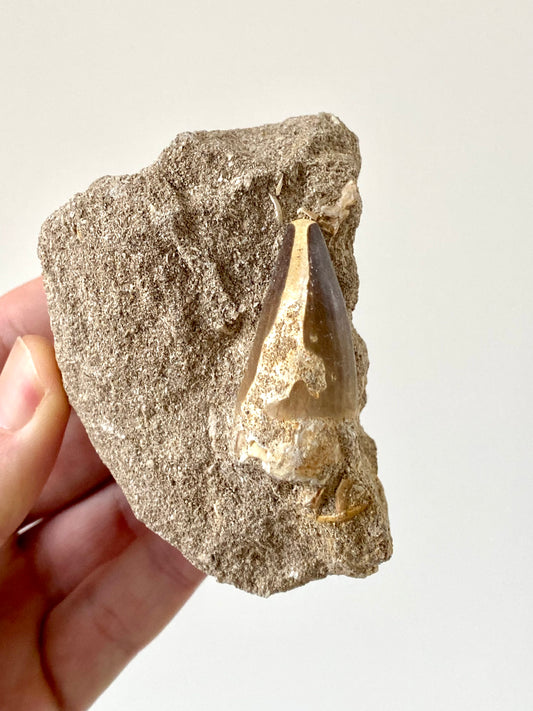Collection: Mosasaurus fossils for sale – The Mighty Sea Reptile of the Cretaceous
The Mosasaurus was one of the largest and most fearsome marine reptiles of the Late Cretaceous (70 – 66 million years ago). With a streamlined body, powerful tail, and rows of sharp teeth, it dominated the oceans as a top predator. Fossils have been found across Europe, North America, and Africa.
Our Mosasaurus fossil collection features teeth, jaw fragments, and skeletal remains of this apex marine predator. Each specimen is a tangible piece of history from the prehistoric seas where Mosasaurus ruled.
-
Rooted Mosasaur Tooth on Matrix (3.63") – Morocco, Late Cretaceous
Regular price €70,00 EURRegular priceUnit price / per -
Mosasaur and Two Shark teeth fossils on Matrix – Morocco, Late Cretaceous
Regular price €22,95 EURRegular priceUnit price / per -
Mosasaur Tooth and Shark tooth on Matrix – Morocco, Late Cretaceous
Regular price €21,95 EURRegular priceUnit price / per -
Mosasaur and Globidens Teeth on Matrix – Morocco, Late Cretaceous
Regular price €23,95 EURRegular priceUnit price / per -
Two Mosasaur Teeth on Matrix – Morocco, Late Cretaceous
Regular price €23,95 EURRegular priceUnit price / per -
Two Mosasaur Teeth on Matrix – Morocco, Late Cretaceous
Regular price €23,95 EURRegular priceUnit price / per -
Zarafasaurus and Mosasaur Teeth on Matrix – Morocco, Late Cretaceous
Regular price €25,95 EURRegular priceUnit price / per -
Mosasaur Tooth and Shark Vertebra on Matrix – Morocco, Late Cretaceous
Regular price €22,95 EURRegular priceUnit price / per -
Squalicorax and Mosasaur Teeth on Matrix – Morocco, Cretaceous
Regular price €21,95 EURRegular priceUnit price / per -
Globidens fossil tooth in Matrix, mosasaur species (1.00")
Regular price €17,95 EURRegular priceUnit price / per -
Small Mosasaur species fossil vertebra - Cretaceous, Morocco
Regular price €12,95 EURRegular priceUnit price / per -
Small Mosasaur species fossil vertebra - Cretaceous, Morocco
Regular price €12,95 EURRegular priceUnit price / per -
Small Mosasaur species fossil vertebra - Cretaceous, Morocco
Regular price €12,95 EURRegular priceUnit price / per -
Globidens fossil tooth (2.79") in Matrix - Cretaceous, Morocco
Regular price €26,95 EURRegular priceUnit price / per -
Fossil Mosasaur species vertebra & tooth
Regular price €26,95 EURRegular priceUnit price / per -
Mosasaurus fossil tooth (1.70") on Matrix - Cretaceous, Morocco
Regular price €16,95 EURRegular priceUnit price / per€18,95 EURSale price €16,95 EURSale
Mosasaurus fossils for sale – The Mighty Sea Reptile of the Cretaceous


